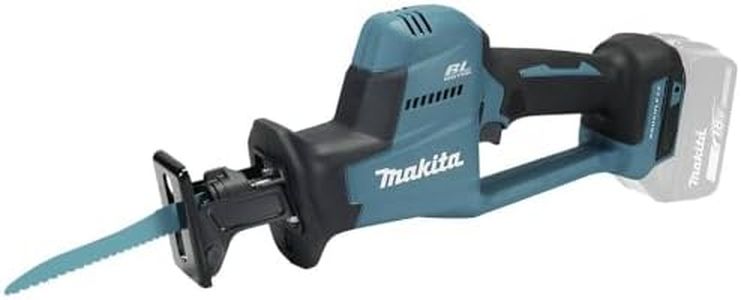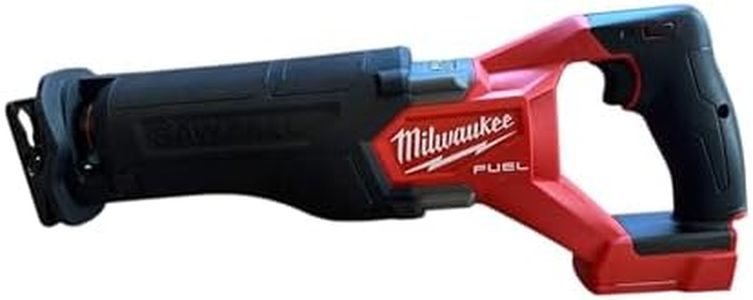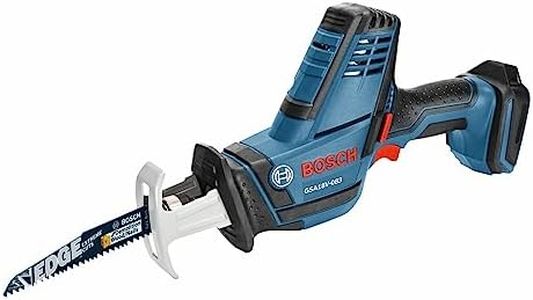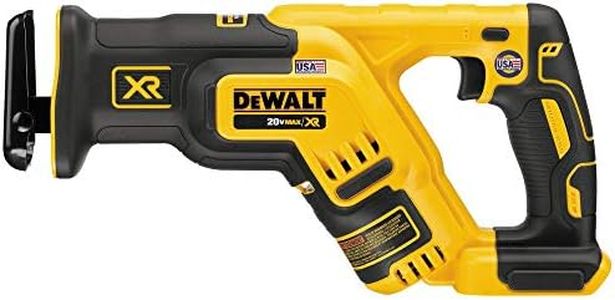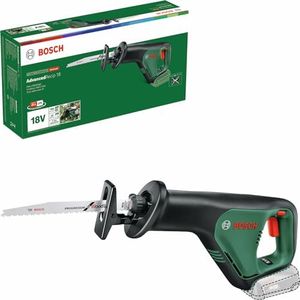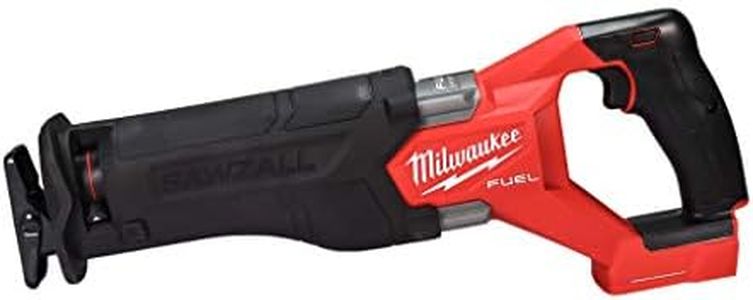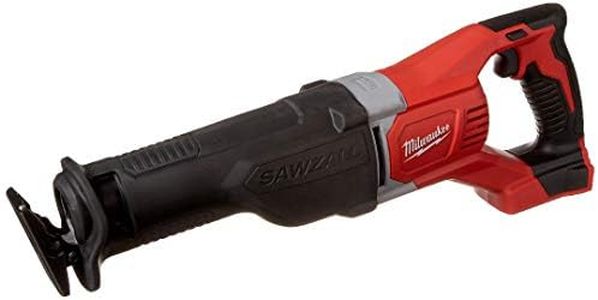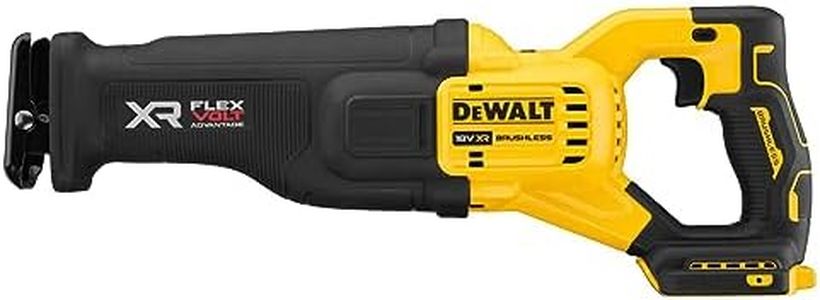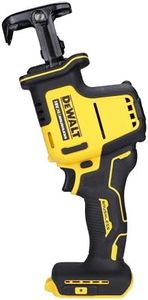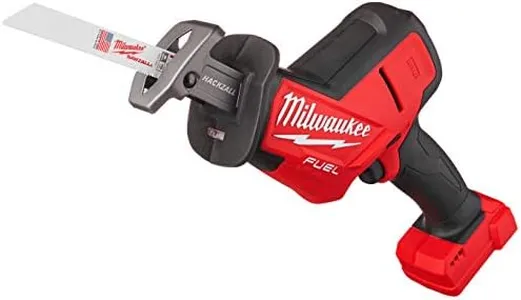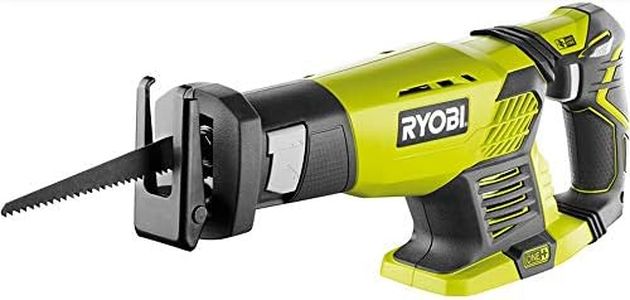We Use CookiesWe use cookies to enhance the security, performance,
functionality and for analytical and promotional activities. By continuing to browse this site you
are agreeing to our privacy policy
10 Best Cordless Sawzalls
From leading brands and best sellers available on the web.Buying Guide for the Best Cordless Sawzalls
When shopping for a cordless sawzall (also known as a reciprocating saw), it's important to think about how you plan to use the tool. Consider the types of materials you'll be cutting, how often you'll use the saw, and where you'll be using it. Cordless models offer the convenience of portability and freedom from power cords, making them ideal for jobs in locations without easy access to outlets. Understanding the key features and specifications will help you pick a sawzall that matches your project needs and comfort preferences.Battery VoltageBattery voltage measures the power output of the sawzall's cordless system. Higher voltage usually means more cutting power and longer run times, making it easier to handle tough materials like thick wood or metal. Battery voltage ranges widely, with lighter tools often using 12-volt batteries, general-purpose models featuring 18 or 20 volts, and high-performance sawzalls sometimes going higher. If you mainly work on light-duty projects or need something lightweight and easy to maneuver, a lower voltage might be sufficient. For more demanding or frequent use, especially with tougher materials, a higher voltage battery will serve you better.
Stroke LengthStroke length tells you how far the blade moves back and forth during each stroke. A longer stroke length usually means faster and more efficient cutting, especially in larger or thicker materials. Typical stroke lengths for cordless sawzalls fall between 7/8 inch and 1 1/4 inch. If you need fast rough cuts through big pieces of wood or demolition work, look for a longer stroke length. If you work mostly on detail tasks, or need greater control and precision, a shorter stroke length might be more comfortable and easier to manage.
Strokes Per Minute (SPM)Strokes per minute refers to how many times the blade moves back and forth in a minute. Higher SPM means a faster cutting speed, which is useful for quickly getting through material, while lower SPM can offer more control for detailed work. Sawzalls range from about 2,500 up to 3,000 strokes per minute or more. Think about your main tasks: higher SPM is helpful for tasks like demolition or cutting through softwood rapidly, while adjustable or lower SPM is better for accuracy and tasks requiring a gentle touch.
WeightThe weight of your cordless sawzall affects both comfort and fatigue levels, especially during extended use or when working overhead. Lightweight models, typically under 6 pounds, are easier to handle for long periods, making them ideal for less intensive jobs or awkward spaces. Heavier tools can offer more stability and sometimes more power, but can tire your arms out faster. Choose a weight that you can comfortably control for the duration of your usual projects.
Blade Change SystemThe blade change system describes how easily you can replace saw blades on your sawzall. Some models require tools to change blades, while many modern versions offer tool-free blade change systems. Tool-free systems save time and make it safer and more convenient to switch between tasks. If you expect to change blades often or work with different materials, look for a tool-free system for maximum efficiency.
Vibration ControlVibration control refers to features designed to reduce the shaking felt in your hands and arms while using the sawzall. Less vibration means greater comfort, less fatigue, and better control, especially during prolonged use or when precision is important. Some models offer specialized grips, dampeners, or counterbalance systems. If you'll be using your sawzall regularly or for tasks requiring steady hands, prioritizing good vibration control will pay off in comfort and accuracy.
